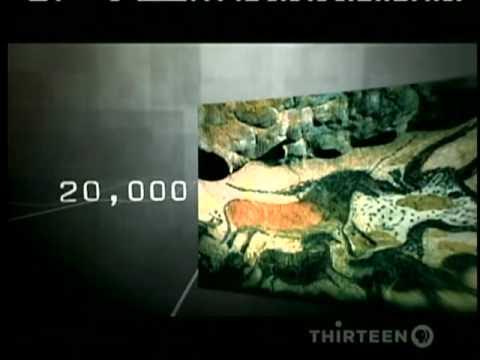Human Origins: One Species, Living Worldwide
Summary
TLDRThe script explores the origins of Homo sapiens, tracing back to Africa over six million years ago. It details the evolution of early human species, their global dispersion, and the emergence of modern humans around 200,000 years ago. Facing near extinction, our species' adaptability led to survival and global dominance by 17,000 years ago. The script emphasizes that despite superficial differences in skin color and hair, all modern humans share 99.9% identical DNA, highlighting our shared heritage and unity as one species.
Takeaways
- 🌍 Every person alive today belongs to the species Homo sapiens.
- ❓ Humans have always been curious about our origins and can trace them back at least six million years to Africa.
- 🧬 Several early human species emerged in Africa, evolving or going extinct in various environments.
- 🚶♂️ About two million years ago, some populations of early humans began spreading beyond Africa.
- 🗺️ Over time, Homo sapiens evolved in Africa around 200,000 years ago and are the ancestors of all modern humans.
- 🌍 The DNA of all modern humans can be traced back to these African origins.
- 🌦️ During challenging environmental times, such as droughts and monsoons, the human population nearly became extinct, reduced to 10,000 adults.
- 💪 Homo sapiens' adaptability helped them survive while earlier human species went extinct.
- 🧑🤝🧑 By 17,000 years ago, Homo sapiens were the sole surviving human species and spread worldwide.
- 🔬 Modern human DNA is 99.9% identical, and differences like skin color are adaptations to the environment, not true racial divisions.
Q & A
How far back can we trace the origins of Homo sapiens?
-We can trace our origins back at least six million years to Africa, where the earliest humans evolved.
What happened approximately two million years ago in human evolution?
-About two million years ago, some populations of early humans began to spread beyond Africa.
What challenges did early humans face as they moved into Asia?
-As early humans moved into Asia, they faced the challenges of new environments and climates.
When did a new species of human evolve in Africa, and what was significant about this species?
-About two hundred thousand years ago, a new species evolved in Africa, which were the first modern humans, the first members of our own species, and the ancestors of every human being alive today.
How is our DNA connected to these early modern humans from Africa?
-We can all trace our DNA back to these African origins, indicating a common ancestry for all modern humans.
What environmental challenges did Homo sapiens face during their spread?
-Homo sapiens faced extreme droughts, monsoons, and other environmental upsets in Africa and Asia during their spread.
At what point was the population of Homo sapiens reduced to a critical number?
-At one point, the population of Homo sapiens was reduced to no more than 10,000 adults, nearly becoming extinct.
How did Homo sapiens manage to survive despite the challenges they faced?
-Homo sapiens survived due to their adaptability, using their human traits to meet new challenges.
By what time were Homo sapiens the sole surviving human species?
-By about 17,000 years ago, Homo sapiens was not only a worldwide species but also the sole surviving human species.
How did the environment influence the physical characteristics of Homo sapiens?
-Homo sapiens evolved differences in skin color and hair texture as they adapted to different environments, but these differences are only skin deep.
What percentage of DNA is identical among all modern humans, and what does this imply?
-The DNA of all modern humans is 99.9% identical, indicating that despite superficial differences, we are all part of the same species.
Outlines

This section is available to paid users only. Please upgrade to access this part.
Upgrade NowMindmap

This section is available to paid users only. Please upgrade to access this part.
Upgrade NowKeywords

This section is available to paid users only. Please upgrade to access this part.
Upgrade NowHighlights

This section is available to paid users only. Please upgrade to access this part.
Upgrade NowTranscripts

This section is available to paid users only. Please upgrade to access this part.
Upgrade NowBrowse More Related Video

Mankind The Story of All of Us: The Earliest Humans | History

What Is Evolution & types of HUMANS | Dr Binocs Show | Peekaboo Kidz

1of6 Evolution-Becoming Human-Part3-The Last Human Standing

O que aconteceu antes da História? Origem Humana

When We Took Over the World

A Trajetória do Homem na Terra - Documentário Completo
5.0 / 5 (0 votes)